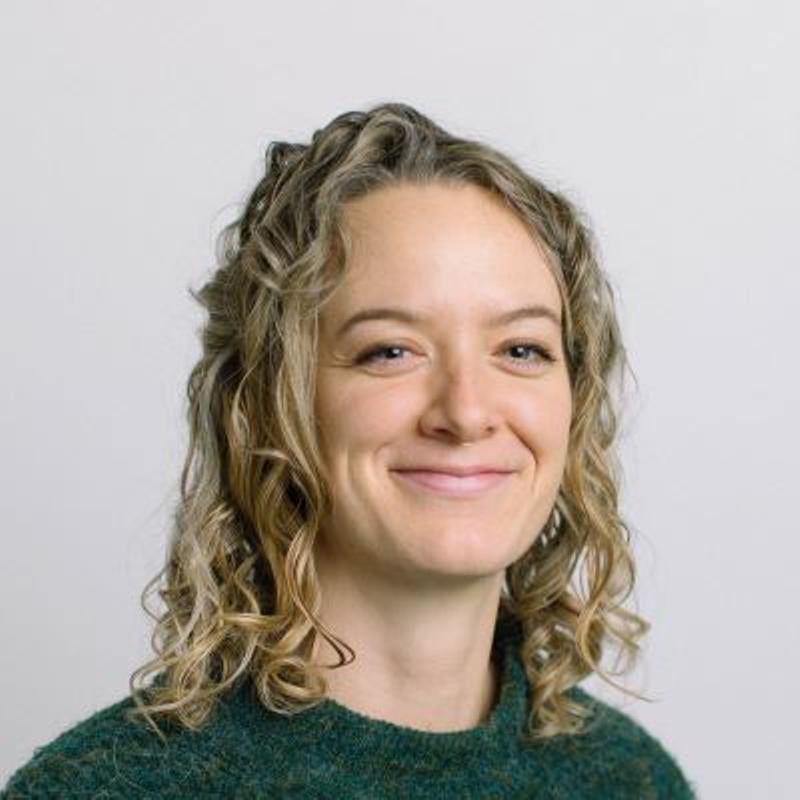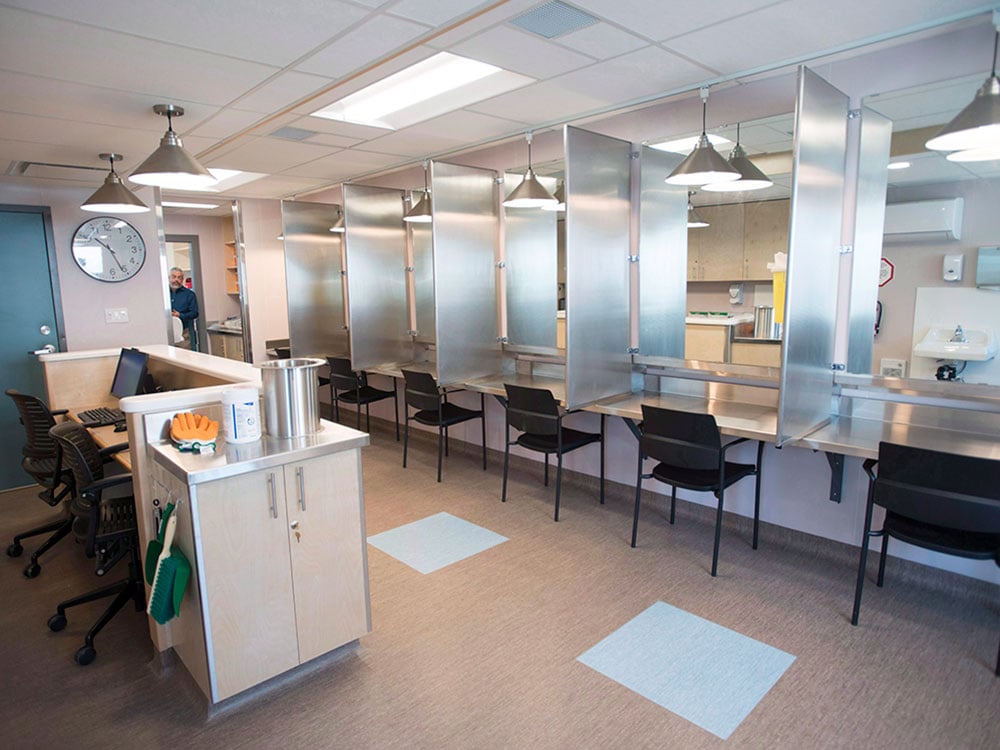Dr. Bonnie Henry met with local government representatives from across the province Monday to talk about decriminalization and to call for all levels of government to continue to fight against stigma when it comes to the ongoing toxic drug crisis.
Stigma pushes people to use alone or without harm reduction services which can lead to fatal overdoses, and criminalization disproportionately impacts racialized people who use drugs, she said.
Henry was speaking at the first day of the annual general meeting of the Union of BC Municipalities.
“This is not a criminal or moral issue. It is a health and public health issue,” Henry said. “Decriminalization is part of what is needed to stem the tide of deaths.”
As of July 2023, 12,739 people have died from toxic drug poisonings in B.C. since the public health emergency was declared in April 2016, with 1,455 dying so far this year, according to the BC Coroners Service.
Henry also said decriminalization is a “pilot and is not perfect.”
Decriminalization, which launched in January 2023, allows people 18 years and older to possess up to a combined 2.5 grams of opioids, crack and powder cocaine, meth and MDMA without risk of arrest, criminal charges or confiscation. The pilot will run until Jan. 31, 2026.
Decriminalization isn’t legalization, Henry stressed, meaning stores are not allowed to sell these drugs and police can still arrest a person suspected of trafficking.
On Monday, the province’s decriminalization policy was amended to prohibit possession of illicit drugs within 15 metres of a playground, spray pool, wading pool or skate park.
Karen Ward, a drug policy analyst and advocate who was not at the Union of BC Municipalities meeting, is deeply critical of the provincial attempt at “so-called decriminalization” and said these amendments feed into stigma against people who use drugs.
“Who uses drugs in a wading pool? It’s ridiculous,” Ward told The Tyee. People only use drugs in public places if there is no safe indoor place to do so, like an overdose prevention site, and because they want to make sure if they overdose someone will see them and be able to help, she added.
“Decriminalization needs to involve a reallocation of funds that is currently spent criminalizing people and instead spend it on housing, funding overdose prevention sites, health care and social programs that prevent people from using drugs in the first place,” Ward said.
When people complain about decriminalization they’re often confusing drug use, crime, poverty and homelessness, she added.
“Living outside is terrible and awful and people use drugs to cope — it’s a consequence, not a cause,” she said. “Decriminalization is not the cause of these issues or of toxicity deaths.”
Some municipalities pushing back on decriminalization
At the UBCM meeting, most representatives for local governments agreed something needed to be done to reduce the death toll from the toxic drug supply but not everyone agreed with how decriminalization had been rolled out.
Concerns raised by municipalities included not having enough resources to offer adequate overdose prevention or harm reduction services, public safety, theft, vandalism, the normalization of drug use, discarded drug paraphernalia, human waste, litter and no longer being able to arrest people for public drug use.
To push back against decriminalization, Campbell River passed a public nuisance bylaw this summer, which prohibited using drugs within 15 metres of playgrounds, sports fields and courts, bus shelters and most city-owned facilities.
Some municipal representatives said they believed they didn’t have the power to open overdose prevention sites, or were being hindered by provincial rules that prohibit indoor smoking.
Inhalation is the most common way for people to die from overdose in B.C. right now according to the BC Coroners Service, with 60 per cent of toxic drug deaths in July 2023 happening after someone smoked their drugs. In January this year that number was 73 per cent of all toxic drug deaths.
At a press conference last week, Dr. Mark Lysyshyn, deputy chief medical health officer of Vancouver Coastal Health, said people are choosing to smoke their drugs when possible because it allows them to control their dose in hopes of mitigating their risk of overdose. They can smoke a little, wait a bit to see if they overdose, and smoke a bit more, he said, compared to injecting drugs when you take the entire dose at once. Unfortunately due to the high potency and unpredictability of the drug supply people are still overdosing, he said.
Dr. Bonnie Henry told The Tyee provincial rules do not prevent municipalities from opening overdose prevention sites.
“I think it’s being used in some communities as a way for councils to not allow OPS,” she said.
Brittany Graham, executive director of the Vancouver Area Network of Drug Users, who was also not at the UBCM meeting, told The Tyee both local and provincial governments are passing the buck when it comes to building local harm reduction services.
“Whether its decriminalization, regulation or prescribed safer supply, one government is always blaming another for why they can’t do things,” she said.
Graham said governments often download the responsibility for creating local harm reduction services to non-profits, which are already time- and resource-strapped. Governments can also still reject non-profit’s plans, she said.
At Monday’s meeting, both the Ministry of Mental Health and Addictions as well as many municipal representatives acknowledged how issues around poverty and homelessness can get lumped in with drug use and decriminalization.
Henry said she doesn’t want to see drug use around children, but added “we can’t arrest our way out of this.”
She stressed “the solution is not to go back to arresting people, especially when they look homeless,” and noted her concerns around how there are not enough places for people to use safely in the province.
There are 47 overdose prevention sites in B.C., including 19 with inhalation services, according to the Ministry of Mental Health and Addictions. Between January 2017 and June 2023 there have been more than 4.1 million visits to these sites and 25,530 overdoses were reversed, with one death. In June 2023 there were 67,641 visits to OPS across the province.
But these existing services are nowhere near meeting the actual needs of people who use drugs, Graham said.
Most OPS can only fit six to 10 people at a time and are often not located close to where people live, she said. If you have a criminal record you can also be prohibited from going certain places and in a small community this can mean you’re not allowed to visit an OPS, doctor’s office or pharmacy, she added.
Smithers Mayor Gladys Atrill said it’s particularly hard for smaller communities to offer adequate harm reduction programs, noting how her community may offer a “long list of services” but most are run by just one person.
When asked how smaller communities could better offer harm reduction services, Christine Massey, deputy minister of the Ministry of Mental Health and Addictions, recommended contacting the local health authority to see if an overdose prevention site could be set up at an existing facility, or to use the Lifeguard app. The app can automatically contact emergency services after a person uses drugs if the person fails to respond to prompts on their phone after a set period of time.
Henry said other innovations include working with peer-based mobile support services in small communities to help overcome long distances to pharmacies, harm reduction services or doctor’s offices.
If you want to reduce homelessness, garbage and human waste in communities, give people public washrooms and housing, Ward added. If you want to reduce vagrancy, offer people jobs.
‘Drug use is part of our culture and out society’
There has been an increase in people accessing treatment since January of this year but it’s not yet clear if that is thanks to decriminalization or because public health has reduced stigma and increased serves, said Ally Butler, the assistant deputy minister for treatment and recovery for the Ministry of Mental Health and Addictions.
Victoria Mayor Marianne Alto was the only person in the meeting to call for the province to introduce non-prescribed safer supply to combat the ongoing toxic drug crisis, where people who use drugs could access pharmaceutical alternatives to illicit street drugs at their local pharmacy or other regulated distribution centres.
“We need to move to legal regulation that acknowledges drug use is part of our culture and our society,” Alto said, noting how drinking alcohol or smoking cigarettes are also drug use, just socially accepted forms of it. “We have tried to get rid of drugs for centuries and have failed. We need to acknowledge it’s here and ensure what we use is not going to kill us.”
Around 5,000 people have been able to get prescriptions for the opioid hydromorphone to take instead of illicit street drugs, but this is “a pilot program that is barely working for the people who can access it,” Graham said. The province estimates around 100,000 people in B.C. have opioid use disorder, and that doesn’t include people who use drugs occasionally or recreationally, who are also at risk of overdosing from the toxic drug supply.
“The bigger issue here isn’t that people aren’t worried about drug use in their community — they just don’t want to see homelessness or acknowledge that there are people in their community that aren’t looked after,” Graham said.
“Decriminalization is about seeing the harms that the actual system is doing to the individual person and addressing those harms at the system level instead of putting everything on that individual person,” she added.
Both Graham and Ward criticized the government’s lack of creativity when it comes to thinking about decriminalization and what an end to prohibitionist policies could look like.
Ward pointed to alcohol regulations as an example. In the ’50s an individual needed a licence to consume alcohol and a business needed a licence to sell alcohol, she said. Today the government is involved in every step of alcohol production, distribution, sale and consumption despite everyone being able to make it at home.
Alcohol regulations are strict but people still choose to follow them and even enjoy going to a bar — which can also be thought of as a supervised, regulated, controlled consumption site, she said. People can order a drink and know the strength and purity of the substance, which allows them to control their dose.
Imagine if we had similar regulations for all drugs and stores where people could go to safely buy or use regulated drugs, she said.
“It’s the rule of iron-law prohibition where the greater the enforcement is, the more potent the drugs are,” Ward said.
“The flipside is the less enforcement you have the more variety of lower-potency substances you get. Imagine if we brought back coca tea — that’s how you counter the sale of more potent substances.” ![]()
Read more: Health, Rights + Justice, BC Politics

















Tyee Commenting Guidelines
Comments that violate guidelines risk being deleted, and violations may result in a temporary or permanent user ban. Maintain the spirit of good conversation to stay in the discussion and be patient with moderators. Comments are reviewed regularly but not in real time.
Do:
Do not: